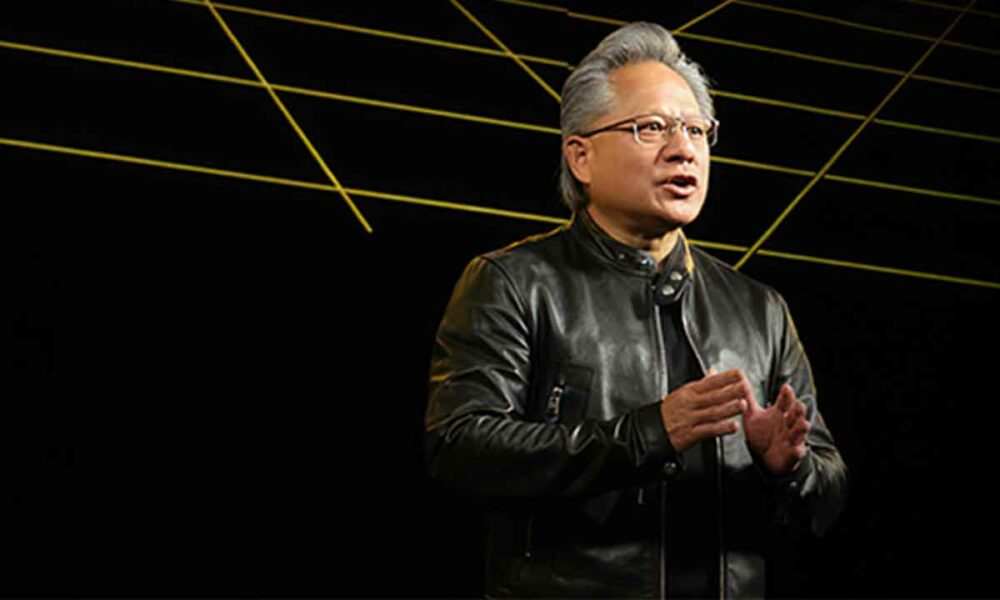
These days NVIDIA is hosting the Game Developers Conference 2023, a company event aimed (as we can deduce from its name) at developers, but in which news and technologies are presented that, in many cases, will end up reaching the games that we enjoy for as long as possible. In other words, it is actually news that end users are very interested in, although we must wait for the developers to acknowledge receipt and start using what is presented.
This year, in addition, we expected some announcements related to the great novelty with respect to the previous edition of the event, that is, the GDC 2022, and that is that halfway between the 2022 and 2023 conferences, the presentation of the GeForce RTX 40 series with the Ada Lovelace architecture and all the advances that have come from it, such as DLSS 3, AV1 Encoders and Shader Execution Reordering (SER), in relation to the software technologies that are supported by new hardware.
Of course, that RTX 40 and Ada Lovelace have a leading role does not mean that NVIDIA can or should forget about all users of previous generations, since the vast majority of current users of NVIDIA graphics adapters are still in one of these generations. Come on, in short, we were expecting good news for some and for others, and we can celebrate that it has been. Here we tell you some of the most interesting announcements.
we start with the release of the new DLSS Super Resolution SDK, which jumps to version 3.1.10, and that comes with performance improvements and optimization, as well as bug fixes and stability improvements. The most interesting thing about this update, however, has to do with what we told you when NVIDIA released the DLSS 3.1 SDK, and that is that developers can now configure their titles so that they automatically check if there is any updating the rescaling software and, if so, for them to download it, avoiding the user having to carry out this process manually. Thus, we are facing the first version to which games that already use this function of version 3.1 can be automatically updated.
NVIDIA you also talked about the shader run reordering feature (SER, Shader Execution Reordering), a technology that played a leading role in the presentation of the Ada Lovelace architecture, and which allows balancing the workload of the shaders, thus allowing maximum performance to be obtained from them. Parallelizing ray tracing workloads is a uniquely complex task, but as we’ve been shown, the next implementation of the Overdrive RT mode in Cyberpunk 2077, which makes use of SER, provides a 42% performance improvement.
Another announcement, this one advanced a few days ago by the company, is lStreamline SDK update to version 2.0 which, as the main novelty, makes the frame generation plugin public. What does this mean? Well, this opens the doors for modders to use this technology in their creations, significantly increasing the scope of NVIDIA’s solution to the CPU bottleneck.
Now, the update of this SDK is not good news only for those who already have an RTX 40 GPU, be it desktop or mobile, since other important technologies also depend on this development kit, such as DLSS in its multiple versions. , DLAA, NVIDIA Reflex and others, so this update will be for the benefit of not only users of the latest generation of NVIDIA, but also of the previous ones.
More information



